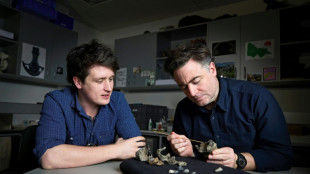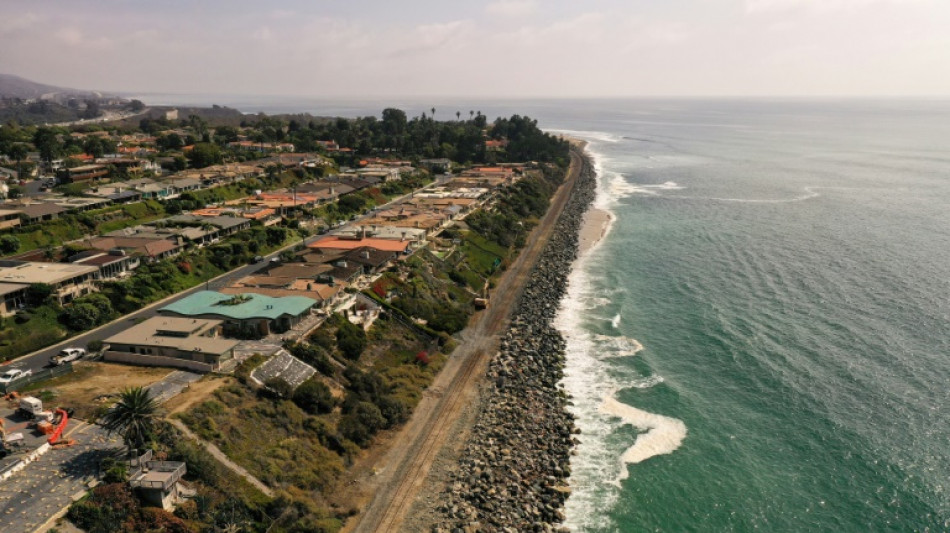
-
 North Korea denies removing border loudspeakers
North Korea denies removing border loudspeakers
-
Despite risks, residents fight to protect Russian national park
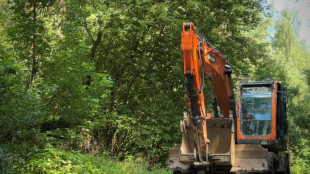
-
 Asian markets mixed as bitcoin surges to new high
Asian markets mixed as bitcoin surges to new high
-
War-weary Ukrainians find solace by frontline lake
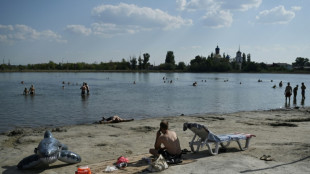
-
 Okinawa a reluctant host for US troops 80 years after WWII
Okinawa a reluctant host for US troops 80 years after WWII
-
Alonso's Real Madrid start La Liga with fresh energy

-
 Liverpool splash out to secure status as Premier League's top dogs
Liverpool splash out to secure status as Premier League's top dogs
-
Hong Kong court postpones closing arguments in Jimmy Lai trial

-
 Top Japanese fighter retires to support comatose boxer brother
Top Japanese fighter retires to support comatose boxer brother
-
Boars, Butterflies or Bees? Public to name Papua New Guinea's NRL team

-
 Defending champions Sinner, Sabalenka reach Cincinnati quarters
Defending champions Sinner, Sabalenka reach Cincinnati quarters
-
Bolivia presidential hopefuls make last push for votes

-
 Trump orders space regulations eased in win for Musk
Trump orders space regulations eased in win for Musk
-
Trump warns of make-or-break chance with Putin as pressure mounts

-
 From Snoop Dogg to Tom Brady, stars flock to English second-tier clubs
From Snoop Dogg to Tom Brady, stars flock to English second-tier clubs
-
Inside Trump's 'Alligator Alcatraz': detainees allege abuse in a legal black hole
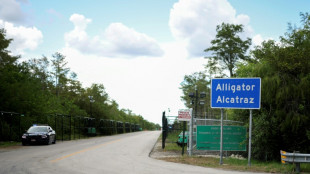
-
 Scientists find surprising sex reversal in Australian birds
Scientists find surprising sex reversal in Australian birds
-
Taylor Swift sets October release for new album

-
 Sinner, Sabalenka sail into Cincinnati quarter-finals
Sinner, Sabalenka sail into Cincinnati quarter-finals
-
Oh carp: UK's Lammy on the hook after fishing with Vance without licence
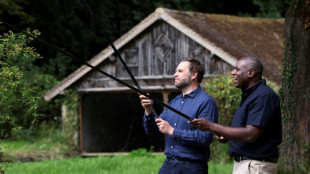
-
 Sinner shrugs off rain to dispatch Mannarino in Cincinnati
Sinner shrugs off rain to dispatch Mannarino in Cincinnati
-
Tainted fentanyl blamed for 87 hospital deaths in Argentina

-
 Eyeing robotaxis, Tesla hiring New York test car operator
Eyeing robotaxis, Tesla hiring New York test car operator
-
NBA approves $6.1bn sale of Boston Celtics

-
 PSG beat Tottenham on penalties to win UEFA Super Cup after late comeback
PSG beat Tottenham on penalties to win UEFA Super Cup after late comeback
-
Cowboys owner Jones says experimental drug saved him after cancer diagnosis

-
 Striking Boeing defense workers turn to US Congress
Striking Boeing defense workers turn to US Congress
-
PSG beat Tottenham on penalties to win UEFA Super Cup

-
 Hong Kong court to hear closing arguments in mogul Jimmy Lai's trial
Hong Kong court to hear closing arguments in mogul Jimmy Lai's trial
-
US singer Billy Joel to sell off motorcycles due to health condition

-
 Barcelona's Ter Stegen validated as long-term injury by La Liga
Barcelona's Ter Stegen validated as long-term injury by La Liga
-
Storm makes landfall in China after raking Taiwan as typhoon
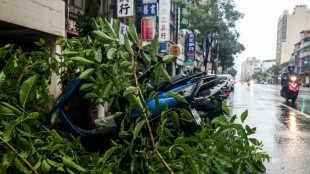
-
 Colombia buries assassinated presidential candidate
Colombia buries assassinated presidential candidate
-
Zverev finishes overnight job at Cincinnati Open

-
 Bukele critics face long exile from El Salvador homeland
Bukele critics face long exile from El Salvador homeland
-
McIlroy 'shot down' suggestion of Ryder Cup playing captain role

-
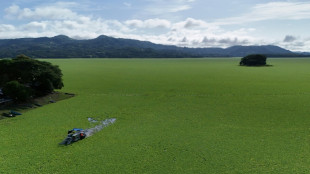 'Water lettuce' chokes tourism, fishing at El Salvador lake
'Water lettuce' chokes tourism, fishing at El Salvador lake
-
Peru's president signs military crimes amnesty bill into law

-
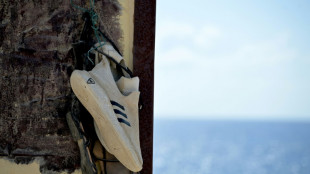 At least 26 migrants dead in two shipwrecks off Italy
At least 26 migrants dead in two shipwrecks off Italy
-
Root says Warner jibe 'all part of the fun' heading into Ashes

-
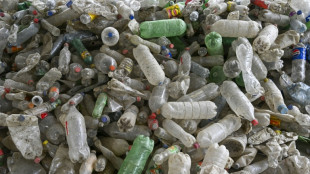 Plastic pollution treaty talks in disarray
Plastic pollution treaty talks in disarray
-
Trump eyes three-way meeting with Putin, Zelensky

-
 'Viable' chance for Ukraine ceasefire thanks to Trump: UK PM
'Viable' chance for Ukraine ceasefire thanks to Trump: UK PM
-
Vance visits US troops during UK trip

-
 Premier League has no say on delay over Man City charges, says chief exec
Premier League has no say on delay over Man City charges, says chief exec
-
Trump names Stallone, Strait among Kennedy Center honorees

-
 Israeli military says approved plan for new Gaza offensive
Israeli military says approved plan for new Gaza offensive
-
Europeans urge Trump to push for Ukraine ceasefire in Putin summit

-
 Stocks extend gains on US rate-cut bets
Stocks extend gains on US rate-cut bets
-
Venus Williams receives wild card for US Open singles


Changing climate claims railways, houses and beaches in California
Steve Lang can see catastrophic erosion worsened by climate change happening in real time along one of the world's most scenic railroad lines, where the sea is swallowing homes, tracks and California's beautiful beaches.
"Every day I come here and watch this, and it makes me want to cry," the 68-year-old tells AFP on rail tracks he crosses to go surfing.
Powerful waves wash in from the Pacific over the rails where the "Pacific Surfliner" runs, ferrying sightseers through the stunning coastal landscapes of southern California.
Not long ago, the railway was cushioned by hundreds of feet (tens of meters) of golden sand. But violent southern swells have washed that sand away.
With the beach gone, there was nothing to protect the rails from the fury of Tropical Storm Kay as it lashed the coast in September, eating away at the land on which they stood.
The track, which carries 8.3 million passengers annually between San Diego and San Luis Obispo, is now closed for emergency work.
- Climate change -
In the luxury Cyprus Shore settlement, an enclave of about a hundred plush villas that was once home to former president Richard Nixon, residents look on uneasily.
Without the beach to protect it, the hillside on which it is built is being eaten away and multi-million dollar homes are sliding towards the sea.
The cliffside parking lot is collapsing and two villas with cracked walls are now officially uninhabitable.
"These homes were valued at minimum $10 million each," says Lang.
"We've been trying to raise the alert for years, but we don't get much traction."
The tragedy of the encroaching waters is not limited to San Clemente, says acting mayor Chris Duncan, but a problem for the whole state.
"This area here in Cyprus Shore... is a microcosm," he says.
"The entire California coast is threatened by climate change and threatened by coastal erosion."
Erosion is a natural phenomenon that has helped shape our continents over millennia.
But scientists say it is being speeded up by the warming of the planet; exacerbated by rising sea levels brought about by melting ice caps and glaciers, and by the more powerful waves that warmer oceans hold.
Humanity's unchecked burning of fossil fuels since the industrial revolution has pushed average global temperatures up by 1.2 degrees celsius. They are expected to continue rising.
- 'Lost battle' -
By 2050, between $8 billion and $10 billion of infrastructure could be underwater in California, and other construction valued at $6 billion to $10 billion will be in a high-tide hazard zone, according to a 2019 study released by California's state legislature.
In San Clemente, local transport authorities are trying to stabilize the shifting tracks.
Every day, tons of rocks are dumped to reinforce the seawall and protect them, in a $12 million project expected to last more than six weeks.
But "it's a losing battle," Duncan sighs.
The line was closed in September 2021 to add 18,000 tons of rock, and that didn't solve the problem.
"While the rock might temporarily stabilize the slope, it causes exponential sand loss," he says.
"Because now when the waves hit, it doesn't hit a soft beach. It hits a hard rock, bounces off, takes all other sand with it."
Duncan wants federal money to build back the beaches.
"I'm talking about breakwaters, about living shorelines, about possibly groins where it might be appropriate."
Some advocate a more radical solution to save the railway line.
"The best would be to move (the track) back away from the coast," says Joseph Street, a geologist at the California Coastal Commission.
"But of course that's obviously a big, big effort to do that, very expensive."
And, he points out, it does nothing to protect the homes that are at risk behind the track.
- Retreat -
"A lot of our urban planners and decision makers have really dragged their feet on responding to this problem," says Stefanie Sekich-Quinn, of Surfrider Foundation.
The environmental NGO advocates moving the line away from the coast, an option put forth in a 2009 federal report.
California has a handful of such initiatives. On the same rail line, authorities in nearby San Diego announced this year a $300 million project to relocate a portion of tracks further inland.
But in San Clemente, that's really a last resort, says Duncan.
"People are going to want officials like me to work to save our homes, to save our rail corridor, and not just give up," he says.
M.AbuKhalil--SF-PST

